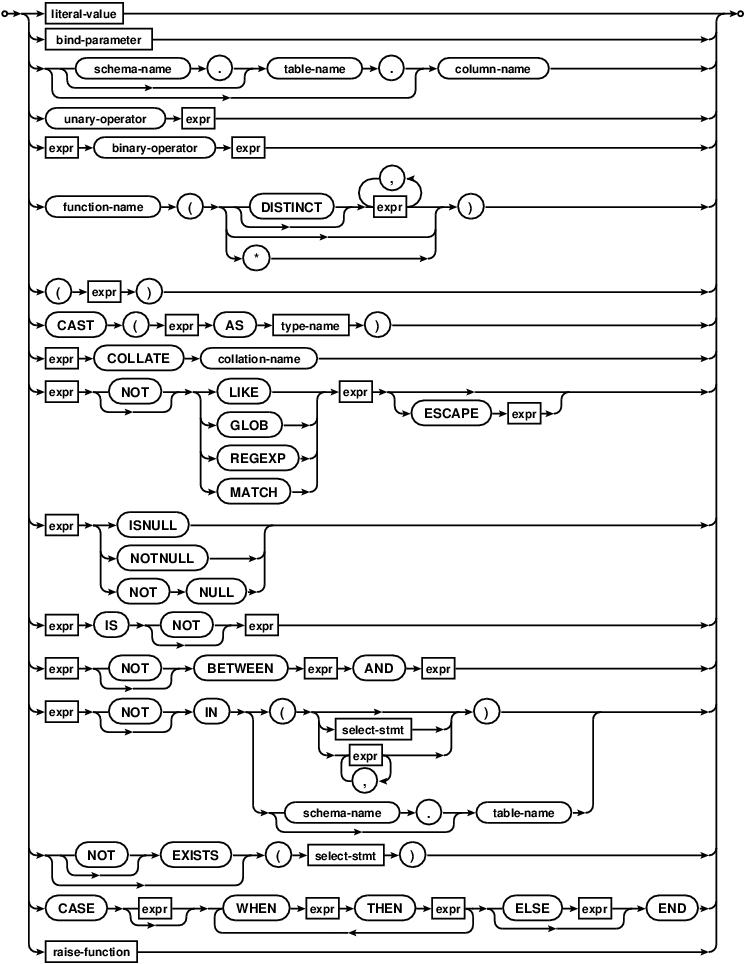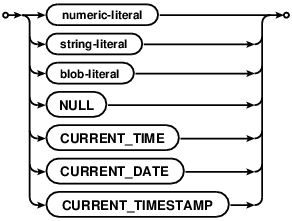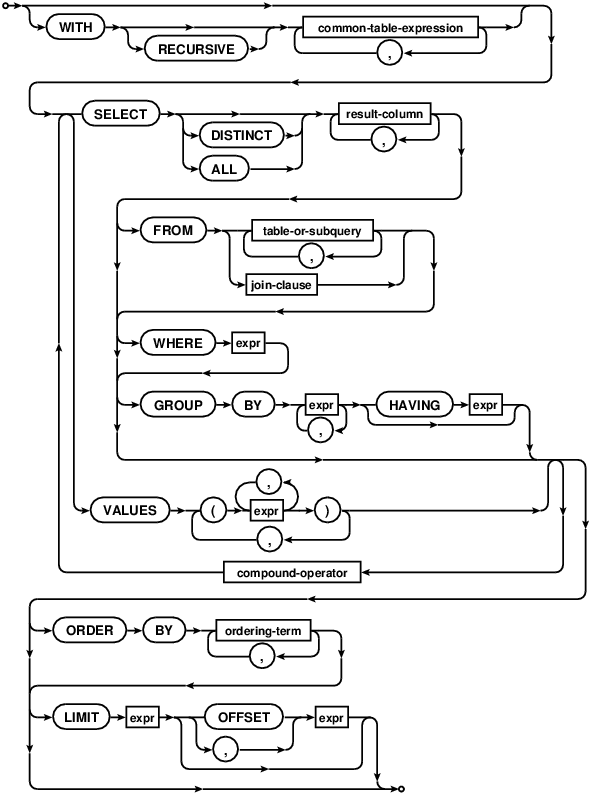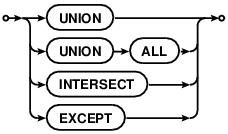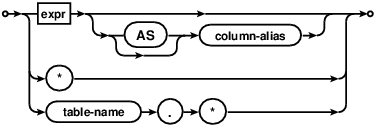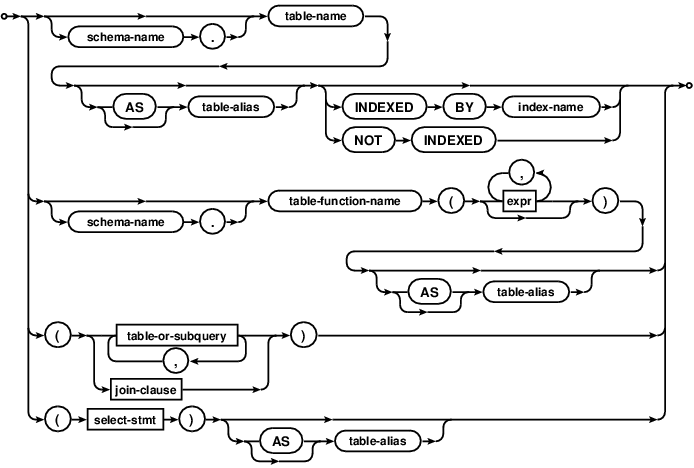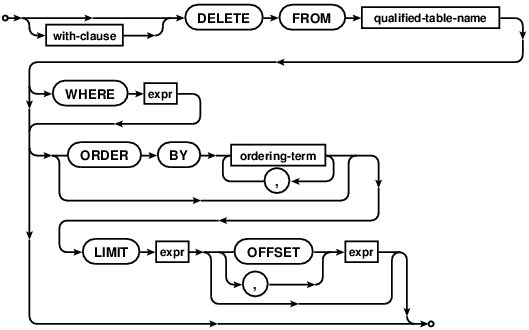
Choose any three.
|
|
DELETE
The DELETE command removes records from the table identified by the qualified-table-name.
If the WHERE clause is not present, all records in the table are deleted. If a WHERE clause is supplied, then only those rows for which the WHERE clause boolean expression is true are deleted. Rows for which the expression is false or NULL are retained.
Restrictions on DELETE Statements Within CREATE TRIGGER
The following restrictions apply to DELETE statements that occur within the body of a CREATE TRIGGER statement:
The table-name specified as part of a DELETE statement within a trigger body must be unqualified. In other words, the schema-name. prefix on the table name is not allowed within triggers. If the table to which the trigger is attached is not in the temp database, then DELETE statements within the trigger body must operate on tables within the same database as it. If the table to which the trigger is attached is in the TEMP database, then the unqualified name of the table being deleted is resolved in the same way as it is for a top-level statement (by searching first the TEMP database, then the main database, then any other databases in the order they were attached).
The INDEXED BY and NOT INDEXED clauses are not allowed on DELETE statements within triggers.
The LIMIT and ORDER BY clauses (described below) are unsupported for DELETE statements within triggers.
Optional LIMIT and ORDER BY clauses
If SQLite is compiled with the SQLITE_ENABLE_UPDATE_DELETE_LIMIT compile-time option, then the syntax of the DELETE statement is extended by the addition of optional ORDER BY and LIMIT clauses:
If a DELETE statement has a LIMIT clause, the maximum number of rows that will be deleted is found by evaluating the accompanying expression and casting it to an integer value. If the result of the evaluating the LIMIT clause cannot be losslessly converted to an integer value, it is an error. A negative LIMIT value is interpreted as "no limit". If the DELETE statement also has an OFFSET clause, then it is similarly evaluated and cast to an integer value. Again, it is an error if the value cannot be losslessly converted to an integer. If there is no OFFSET clause, or the calculated integer value is negative, the effective OFFSET value is zero.
If the DELETE statement has an ORDER BY clause, then all rows that would be deleted in the absence of the LIMIT clause are sorted according to the ORDER BY. The first M rows, where M is the value found by evaluating the OFFSET clause expression, are skipped, and the following N, where N is the value of the LIMIT expression, are deleted. If there are less than N rows remaining after taking the OFFSET clause into account, or if the LIMIT clause evaluated to a negative value, then all remaining rows are deleted.
If the DELETE statement has no ORDER BY clause, then all rows that would be deleted in the absence of the LIMIT clause are assembled in an arbitrary order before applying the LIMIT and OFFSET clauses to determine the subset that are actually deleted.
The ORDER BY clause on a DELETE statement is used only to determine which rows fall within the LIMIT. The order in which rows are deleted is arbitrary and is not influenced by the ORDER BY clause.
The Truncate Optimization
When the WHERE is omitted from a DELETE statement and the table being deleted has no triggers, SQLite uses an optimization to erase the entire table content without having to visit each row of the table individually. This "truncate" optimization makes the delete run much faster. Prior to SQLite version 3.6.5, the truncate optimization also meant that the sqlite3_changes() and sqlite3_total_changes() interfaces and the count_changes pragma will not actually return the number of deleted rows. That problem has been fixed as of version 3.6.5.
The truncate optimization can be permanently disabled for all queries by recompiling SQLite with the SQLITE_OMIT_TRUNCATE_OPTIMIZATION compile-time switch.
The truncate optimization can also be disabled at runtime using the sqlite3_set_authorizer() interface. If an authorizer callback returns SQLITE_IGNORE for an SQLITE_DELETE action code, then the DELETE operation will proceed but the truncate optimization will be bypassed and rows will be deleted one by one.

